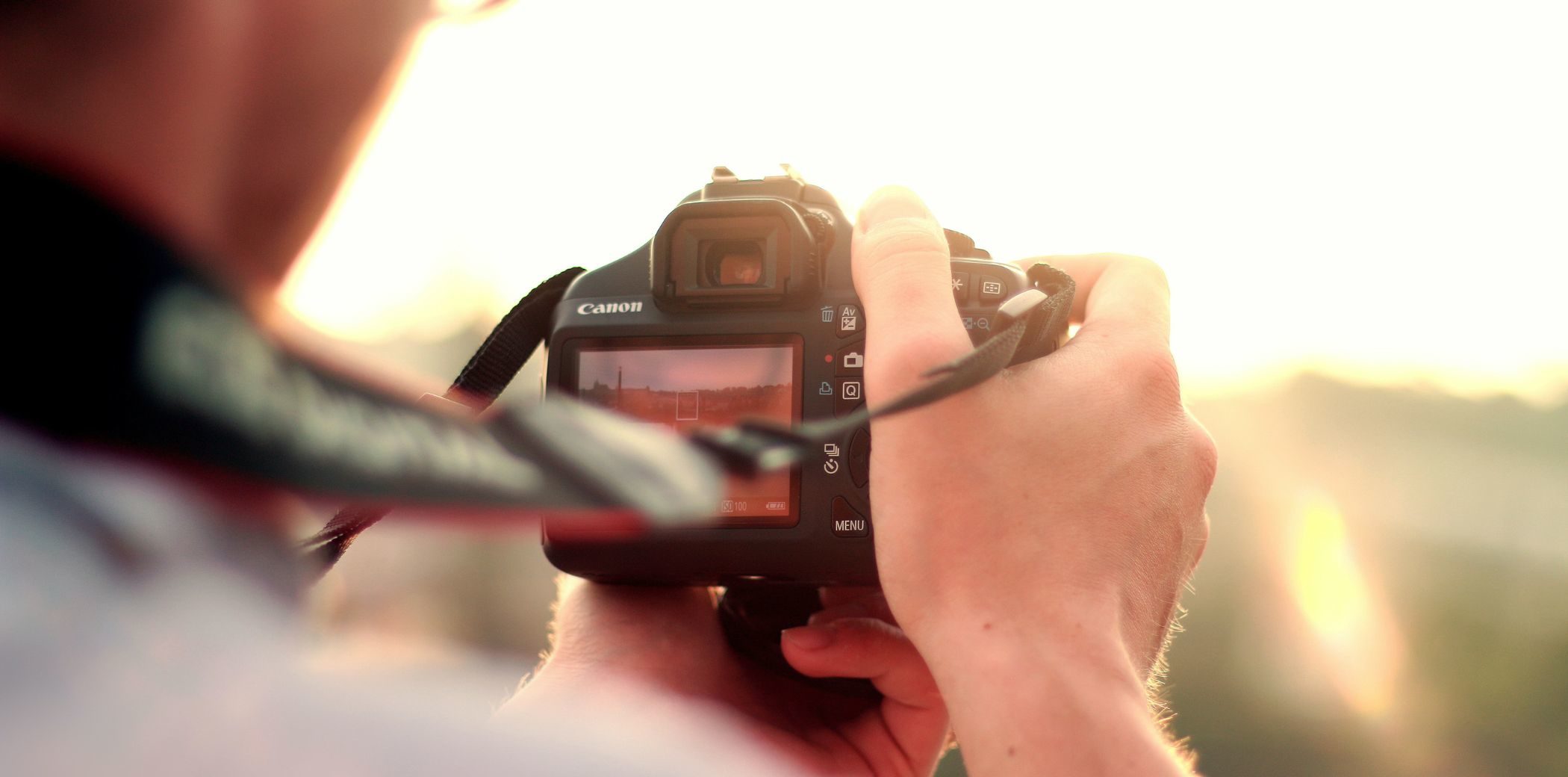Portrait on the photographers who have marked the history of photography

At LakeProd we are passionate about photography and we want to share with you our knowledge about the world of photography.
Photography definition
Photography is the process by which a lasting image of objects is obtained through the deflection of light on a sensitive surface. The word photography comes from the Greek: photos means “that uses light”, graphein means to paint, draw, write, and is translated as “that results in an image”. The word then takes on its full meaning: “to paint with light”. It is a term that is officially part of French vocabulary since 1832 when it is defined in the general dictionary.
The original photographers
Heliography was invented by Nicephore Niépce around 1824 with the use of Judean bitumen on a silver plate, following an exposure of several days. Louis Jacques Mandé Daguerre joined the research of his colleague which led to the birth of the daguerreotype. It was necessary to use a darkroom in which a silver plate covered with silver iodide was exposed. The object then had to be developed by light. To fix the image, they used water saturated with sea salt. These are the first fixed images ever made.
Hippolyte Bayard and photography on paper
In 1839 Hippolyte Bayard discovered how to obtain images directly on paper. Like many intellectuals of the time, Bayard was fascinated by the revolutionary innovations of photography. He experimented with the invention of a photographic process of negative on paper, then he managed to obtain positives directly on paper. The images obtained are unique, but can be multiplied. Having been relegated to the background by superior photographic inventions, he transformed his pictures by staging himself in a humorous way, which made him the precursor of photographic fiction.
William Henry Foy Talbot and the multiplication of images
In the same year, William Henry Fox Talbot created the negative-positive system which is the basis of modern silver photography. From the paper negative obtained during the photographic process, the contact print made it possible to produce a positive image in as many copies as desired, although the quality was not as good as for the daguerreotype. Its success was then short-lived.
The following evolutions did not revolutionize the photographic world, either in terms of processes, components or techniques, until 1888 when the first commercial film for photography was put on the market.
Color photography
Black and white photos were already considered almost magical, but the arrival of color was impressive in the world of photography. It is Edmond Becquerel who in 1848 demonstrated that a silver plate if covered with pure silver chloride reproduced colors, albeit unstably.
This was the beginning of color photography, until 1869 when Louis Ducos du Hauron applied Maxwell’s principle: The decomposition of light into three primary colors, blue, red and yellow. The technique he had developed was however complicated because it required the superimposition of three images. 1891, the physicist Gabriel Lippman discovered how to obtain photos directly in color thanks to the holography. Again, the process being complex it was not retained for a long time.
Then came the famous Light Brothers who invented the autochrome. The autochrome used the trichrome synthesis to produce directly the color. This same principle was taken up by the Agfa Company which democratized the color photo by marketing films made of three green, blue and red layers. A developer made it possible to color the various layers according to the sensitivity, which made it possible to obtain a photograph in color. This technique is therefore at the origin of the color photo!
George Eastman, founder of Kodak
George Eastman is the inventor of the portable camera. A revolution that he achieved by inventing a dry commercial film. Previously, photographic paper was coated with liquid silver salts, which made the photographic process relatively complex. He wanted to create a dry plate based on transparent and flexible celluloid rolled on a spindle. He also introduced the Kodak to the market, a portable camera designed specifically to use the film he invented himself. The camera is a case that can hold enough film to take 100 pictures! It is a revolution sold for the modest sum of 25 dollars at the time. All the following techniques and developments were inspired by Eastman’s work.
Edwin H.Land and the appearance of the first instant development camera
You probably know the brand Polaroid, here is the founder. Edwin H.Land created a polarizing film, and in 1947, he presented his first instant camera. It took less than 60 seconds to take a picture, which was absolutely remarkable at that time.
The era of digital photography
In 1969, the CDD sensor was invented. It was Steven Sasson, an engineer at Kodak who created the first digital camera. However, it is Sony who made the best prototype that will be retained because it allows storage and display of photos on a television. The evolutions at the level of the digital evolve little by little with a quality always better as well as a better space of storage until the creation by casio of the first apparatus which shows the images in real time thanks to the implementation of a screen within the apparatus. Today, cameras are more and more powerful and are even integrated in cell phones which have impressive photo qualities.
Photography at Lakeprod
Our photography and video experts use state of the art cameras that have been created thanks to all the little revolutions we have discussed in this article. Our professional photographers will accompany you to bring your projects to life.